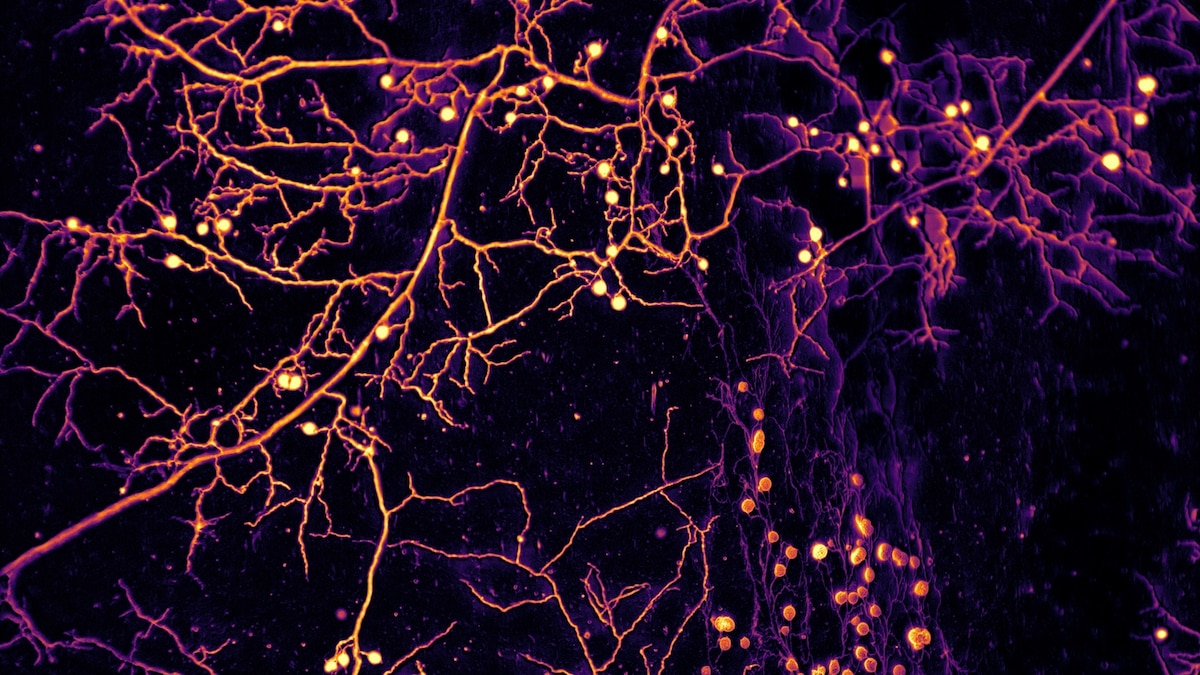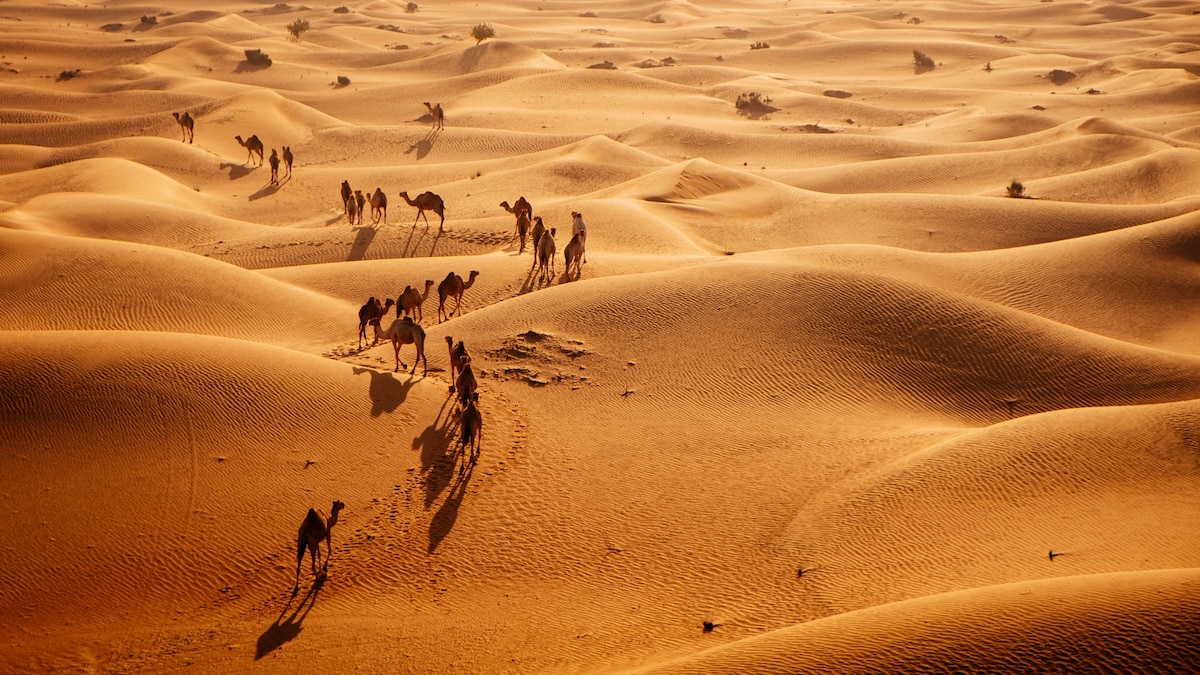Now Reading: Real-Life Fungal Networks That Inspired ‘The Last of Us
-
01
Real-Life Fungal Networks That Inspired ‘The Last of Us
Real-Life Fungal Networks That Inspired ‘The Last of Us

Speedy Summary
- HBO’s series The Last of Us portrays fictional fungal networks resembling real-life mycelial networks but with exaggerated zombie-like parasitism.
- real fungi, notably the genus Ophiocordyceps, infect insects and can manipulate their behavior; however, manny other fungi interact symbiotically with plant roots through underground networks.
- A recent study published in Nature found that mycelial networks expand in wave-like patterns, forming loops and nutrient superhighways for efficient transport.
- Using an imaging robot developed by researchers led by Toby Kiers at Vrije Universiteit Amsterdam, scientists captured how these fungal networks operate over months of observation across 500,000 nodes.
- Fungi balance exploration for new resources with resource transportation efficiency-creating lace-like structures underground to optimize carbon and nutrient flows.
- These underground fungi acquire approximately 13 billion tons of carbon dioxide annually from plants globally, acting as “Earth’s circulatory system.”
- The implications of this research extend to understanding larger ecosystems; researchers aim to map global soil fungal systems and their diversity in different environments like deserts or forests.
[Image: Fungal hyphal tubes widening for faster flow]
Photograph By Loreto Oyarte Galvez, VU Amsterdam
Indian Opinion Analysis
The discovery about how mycelial fungal networks form dynamic supply chains opens significant opportunities for ecological research and environmental science in India-a contry committed to biodiversity preservation through initiatives like its National Biodiversity Action Plan (NBAP). India’s agricultural sector stands as a vital area where understanding symbiotic relationships between fungi and crops could lead to breakthroughs in enduring farming practices by reducing reliance on chemical fertilizers while improving soil health.
Globally relevant findings from this study highlight the remarkable role fungal systems play as carbon reservoirs. For India, which actively participates in climate agreements like the Paris Accord targeting reduced CO2 emissions, deeper exploration into such natural mitigating agents may serve dual goals: combating climate change locally while enhancing agricultural output naturally.
The next stage-mapping interconnected global or regional fungal systems-is particularly intriguing considering India’s diverse ecosystems ranging from Himalayan soils down to coastal mangroves that are likely rich with distinct soil microbiologies yet underexplored scientifically at such depth.This report signals not only an advancement but also emphasizes the necessity for India’s institutions (agricultural bodies or ecologists) to partner internationally toward uncovering untapped environmental solutions hidden within microscopic realms beneath our feet.



























